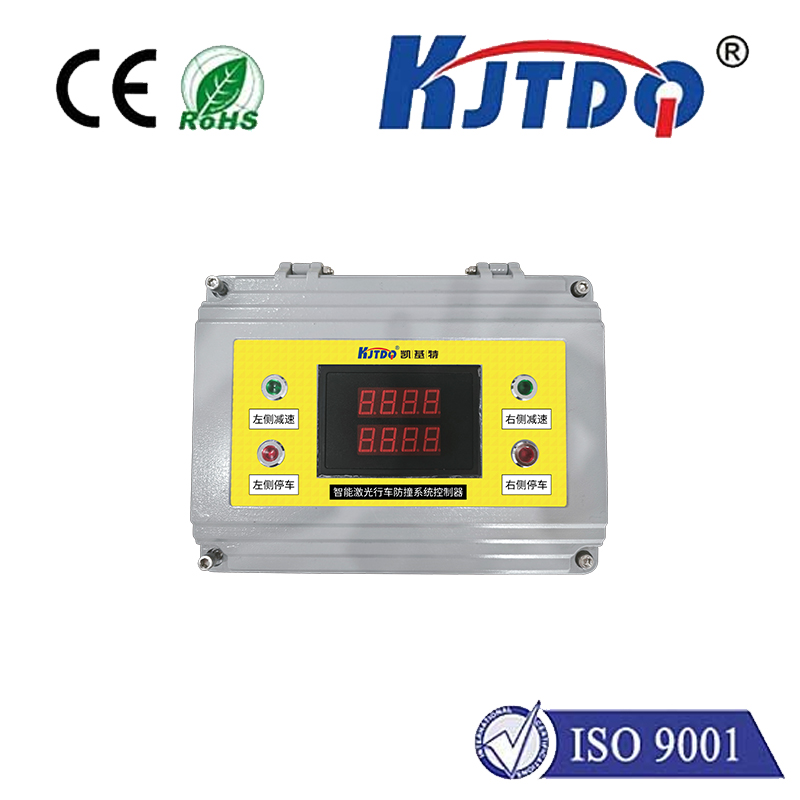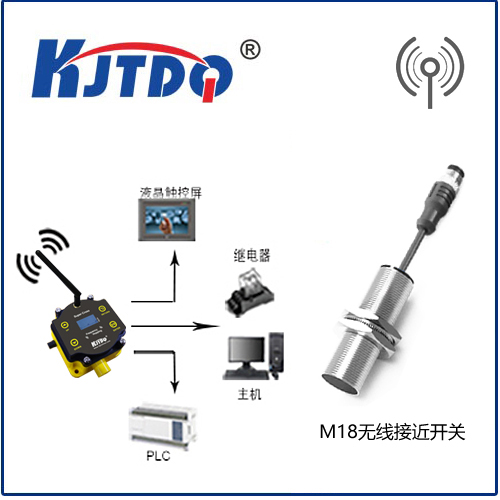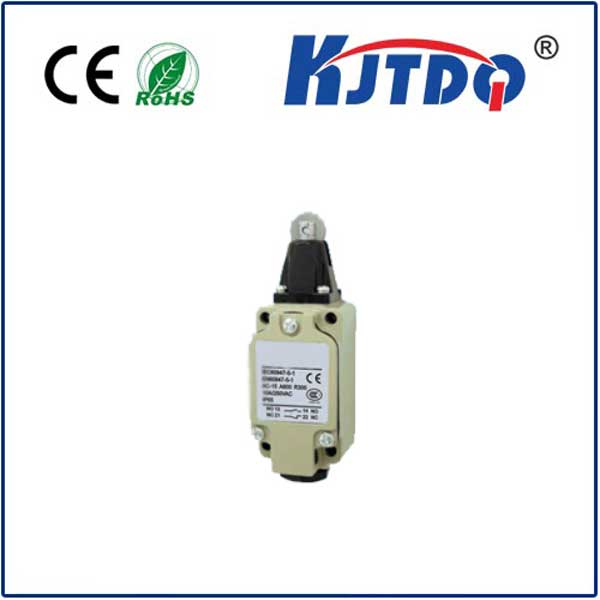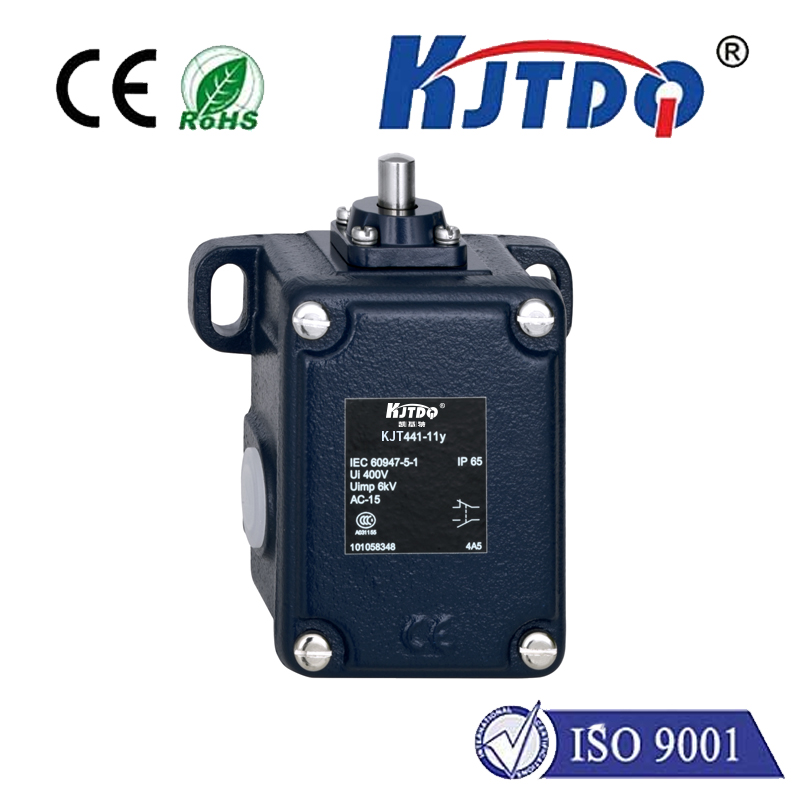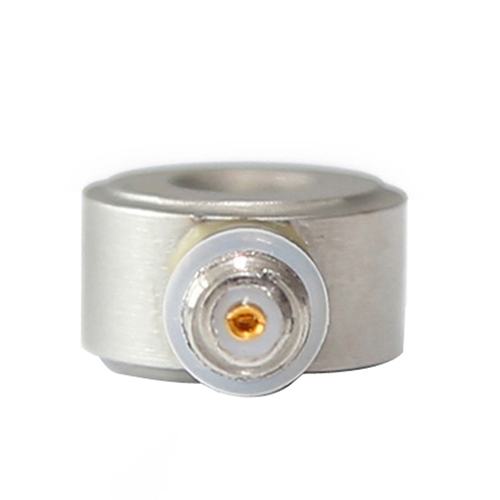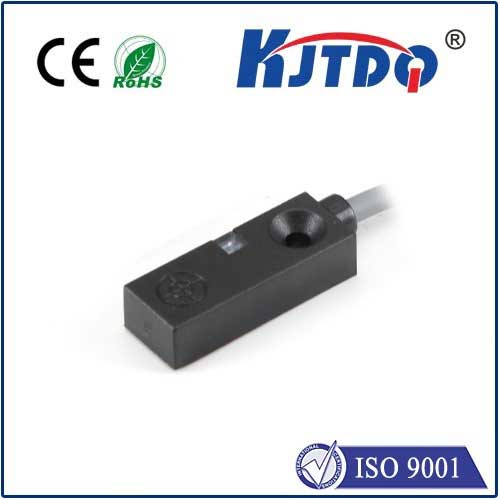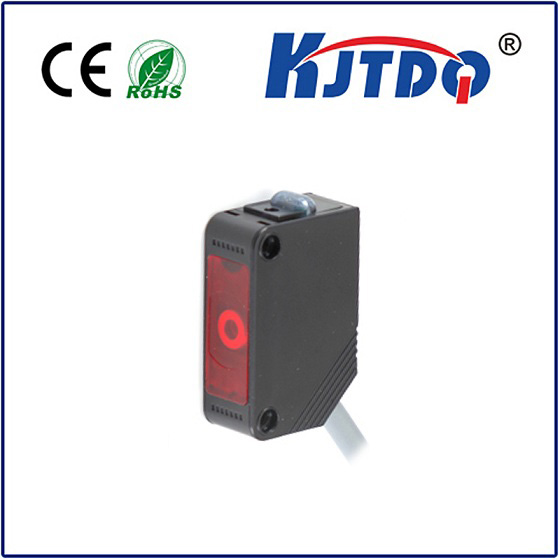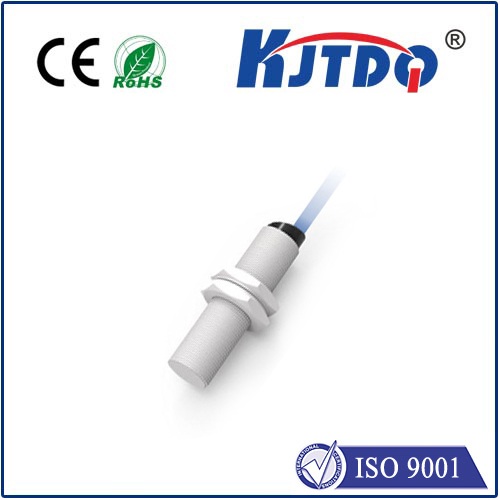proximity sensor flush type
- time:2025-07-01 00:30:39
- Click:0
The Unseen Advantage: Mastering Flush-Mount Proximity Sensors in Modern Sensing
In the intricate dance of modern automation and machinery, countless components work tirelessly behind the scenes. Among the most unsung heroes are proximity sensors, silently detecting the presence or absence of objects without physical contact. But not all proximity sensors are created equal, especially when space is tight and the environment is demanding. Enter the flush-mount proximity sensor – a specialized design engineered for seamless integration and robust performance where others might falter. Understanding its unique characteristics isn’t just technical nuance; it’s key to unlocking reliability and efficiency in constrained spaces.
What Defines a Flush-Mount Proximity Sensor?
At its core, a proximity sensor detects metallic or non-metallic objects within its sensing range using electromagnetic fields (inductive or capacitive types are most common). The critical distinction of the flush type lies in its physical configuration and mounting style. Unlike non-flush (or “shielded”) sensors, a flush-mount proximity sensor features an active sensing face specifically designed to be installed level (flush) with the surrounding mounting surface. This means the sensor’s metal housing extends to the very edge of its sensing element.
- Shielded Design: The sensor’s coil is surrounded by a metal shield (typically ferrite). This metal shielding focuses the generated electromagnetic field predominantly forward from the face.
- Mounting Characteristic: Because of this focused field, the sensor can be embedded directly into a metal bracket, panel, or machine frame without the metal interfering with its operation. The sensing face sits perfectly flush with the mounting surface.
Contrast this with non-flush (unshielded) sensors. These lack the surrounding metal shield. Their electromagnetic field extends radially from the sides as well as the front. Consequently, they must protrude from their mounting surface and require a specific clearance of non-metallic material around their sides to function correctly. Mounting them flush into metal would cause the surrounding material to dampen or completely disrupt the sensing field.
Why Choose Flush-Mount Prox Sensors? Key Advantages

The flush design offers compelling benefits tailored to demanding industrial applications:
- Space Optimization: The ability to mount the sensor completely embedded within a metal surface is the prime advantage. This is invaluable in machinery with tight spaces, compact designs, or where protruding components pose a risk of damage or interference.
- Enhanced Durability & Protection: Sitting flush minimizes the sensor’s exposure. The metal housing protects the sensitive sensing face from side impacts, abrasion, flying debris, or accidental knocks. This inherently leads to a longer operational lifespan in harsh environments.
- Simplified Installation & Maintenance: Mounting requires only a correctly sized hole drilled into the metal surface. Securing the sensor (often via a threaded barrel or bracket) is straightforward. Their embedded nature also means they are less likely to get snagged or require repositioning during maintenance activities.
- Hygienic Design Compatibility: In food, beverage, pharmaceutical, and chemical industries, hygiene is paramount. Flush-mount proximity sensors present a smooth, continuous surface with the mounting plane. This eliminates crevices where contaminants, moisture, or cleaning fluids could accumulate, making them easier to clean and sanitize effectively (look for high IP ratings like IP67, IP68, or even IP69K).
- Reduced Vulnerability: The minimized profile makes them less susceptible to accidental damage compared to sensors sticking out. There’s no protruding part to be bent or broken off.
Ideal Applications: Where Flush-Mount Excels
The strengths of flush-mount inductive proximity sensors make them the go-to choice in numerous scenarios:
- Robotics & Automated Machinery: Within robotic arms and complex machinery bodies, space is extremely limited. Flush sensors detect end-effector positions, workpiece presence in grippers, or verify cylinder position (piston detection) without adding bulk.
- Metal Fabrication & Machining: CNC machines, stamping presses, and transfer lines often involve tight tolerances and metal shavings. Flush sensors reliably detect tool positions, workpiece clamping, or conveyor indexing without being damaged by debris.
- Material Handling Systems: Embedded within conveyor frames or sorting mechanisms, they detect pallets, totes, or product positioning reliably, unaffected by vibrations or potential impacts.
- Hygiene-Critical Environments: Filling lines, packaging machines, and processing equipment in food, pharma, and chemical plants rely heavily on flush sensors for position feedback due to their cleanability and resistance to washdown procedures.
- Mobile Equipment (Construction, Agriculture): Subjected to severe vibration, dirt, dust, and impacts, flush sensors are used for position sensing on booms, buckets, and hydraulic systems.
Installation Considerations for Flush Sensors
While designed for simplicity, maximizing performance requires attention to detail:
- Mounting Hole Precision: The hole must be the exact diameter specified by the sensor manufacturer. An oversized hole compromises the flush fit and potentially the sensor’s ability to suppress interference from the surrounding metal. An undersized hole makes installation difficult or impossible.
- Sensing Surface Alignment: Ensure the face of the sensor is truly flush with the mounting surface. Any recessing or protrusion can significantly affect the nominal sensing distance (Sn).
- Sensing Distance Awareness: Remember that the effective sensing distance of a flush sensor is typically reduced compared to a similar non-flush sensor due to the field focusing. Always refer to the datasheet for the specific Sn value for your target material (usually mild steel). Factor this reduced range into your design.
- Target Material & Size: Inductive flush sensors primarily detect metals. The sensing distance varies based on the type of metal (ferrous metals like steel are detected at the nominal range, non-ferrous metals like aluminum or brass at a reduced range). Ensure the target is large enough and enters the sensor’s field properly.
Selecting the Right Flush-Mount Sensor
Beyond the basic flush-mount feature, consider these factors for optimal selection:
- Sensing Technology: Inductive is most common for metal detection. Capacitive flush sensors exist for detecting non-metallic materials (liquids, plastics, wood pellets) through non-metallic tank walls or chutes, but require careful tuning.
- Sensing Range (Sn): Choose a sensor with sufficient range to reliably detect your target, factoring in installation tolerances and potential buildup.
- Output Type: PNP (Sourcing) or NPN (Sinking)? N.O. (Normally Open) or N.C. (Normally Closed)? Match your controller’s input requirements.
- Environmental Protection (IP Rating): Essential! Choose an IP rating suitable for the environment – IP67 for general factory dust/moisture, IP68 for submersion, IP69K for high-pressure/high-temperature washdown.
- Electrical Connection: Cable exit (axial or radial) or connector types (M8, M12)? Consider strain relief and cable routing needs.
- Housing Material: Stainless steel (V4A/AISI 316L) is preferred for corrosion resistance, especially in washdown or outdoor settings. Nickel-plated brass is common for less harsh industrial use.
The Strategic Choice for Demanding Integration
The proximity sensor flush type is far more than just a mounting style; it’s a critical design solution for countless demanding applications. Its ability to operate reliably embedded within metal structures, its inherent ruggedness, space-saving benefits, and suitability for hygienic environments make it indispensable in modern automated systems. By carefully selecting and correctly installing the right **flush-m






